Maybe you just moved to a home that has established hydrangeas in the garden. Perhaps you were gifted a hydrangea, and the care tag got lost. Or maybe you bought that hydrangea last year but can’t seem to remember what type it is after a long winter. You’re not alone, but you’re also not out of luck. Here’s a crash course on all things hydrangea to help you identify what you’re working with!
To start, there are four main types of hydrangeas that you’ll find at a garden center: Bigleaf, Panicle, Oakleaf, and Smooth. Each one requires slightly different care, so once you’re able to identify this, you’re on the right track to maximizing those blooms.

Bigleaf hydrangeas (Hydrangea macrophylla) have smaller, ball-shaped blooms that are usually blue or pink but can be white, red, purple, or a mix of colors. Another way to differentiate them is by their woody stem. Endless Summer® Hydrangeas are all bigleaf hydrangeas.
Care Tips for Bigleaf Hydrangeas
 The Original Endless Summer® Hydrangea
The Original Endless Summer® Hydrangea
Panicle hydrangeas (Hydrangea paniculata) feature characteristic cone-shaped flowers. They start blooming white around July and age to a gorgeous pink, red, or lime color in the fall. Of course, the color depends on which variety you have.
Care Tips for Panicle Hydrangeas
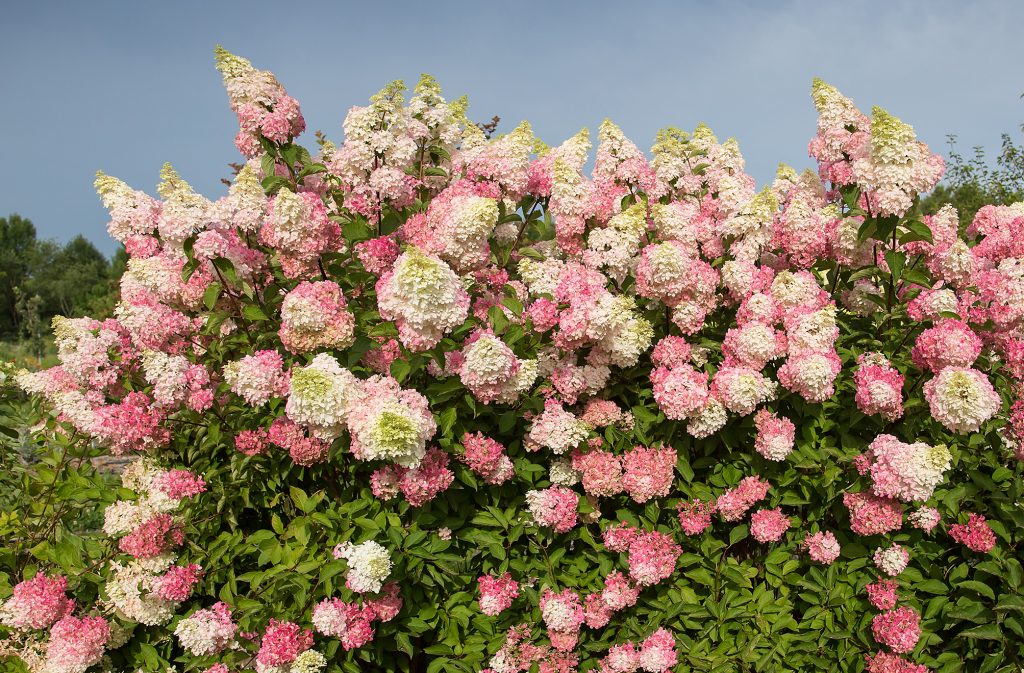 First Editions® Shrubs & Trees Berry White® Panicle Hydrangea
First Editions® Shrubs & Trees Berry White® Panicle Hydrangea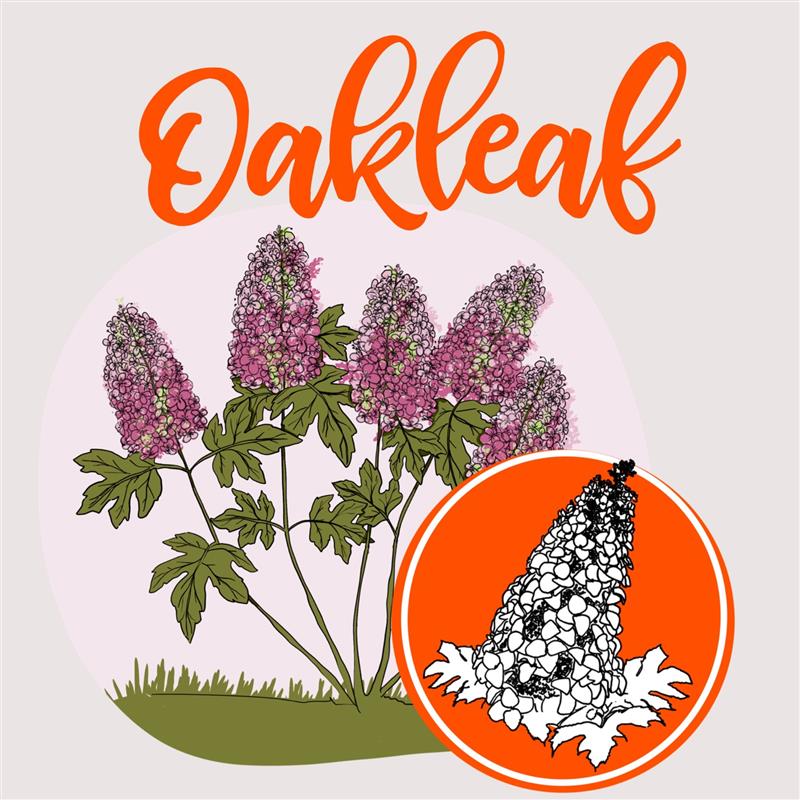
Oakleaf hydrangeas (Hydrangea quercifolia) are relatively early bloomers in June and have unique leaves that look like that of an oak tree. They are native North American woodland hydrangea, so they have a great woody look to them. They provide multiple seasons of interest as they bloom in the early spring, and in the fall, their leaves turn a striking red and deep burgundy.
Care Tips for Oakleaf Hydrangeas
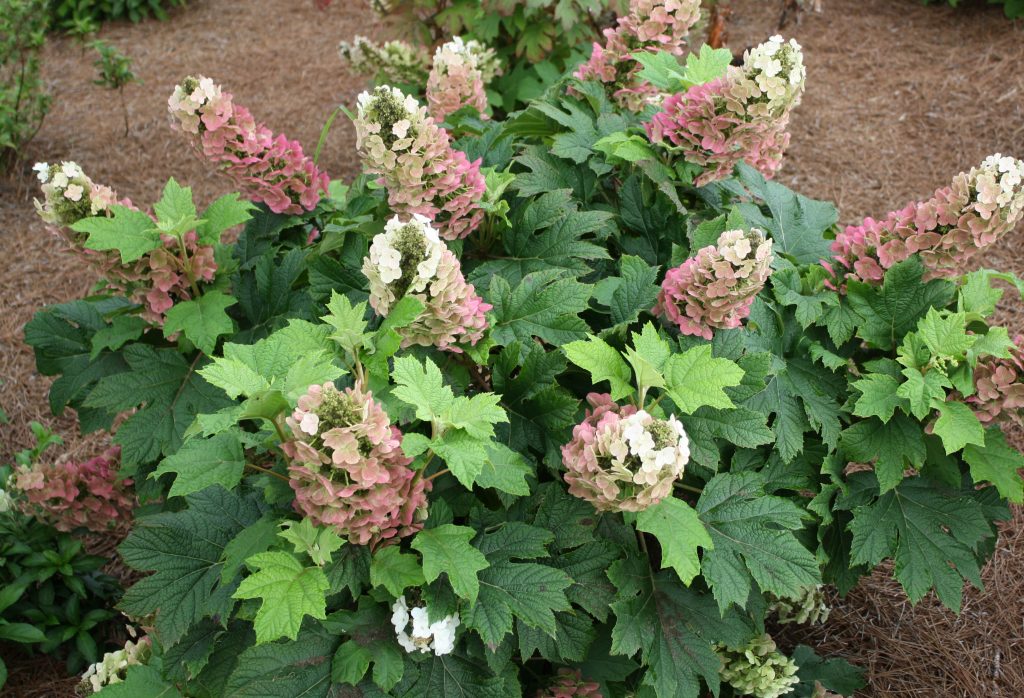 First Editions® Shrubs & Trees Jetstream™ Hydrangea
First Editions® Shrubs & Trees Jetstream™ Hydrangea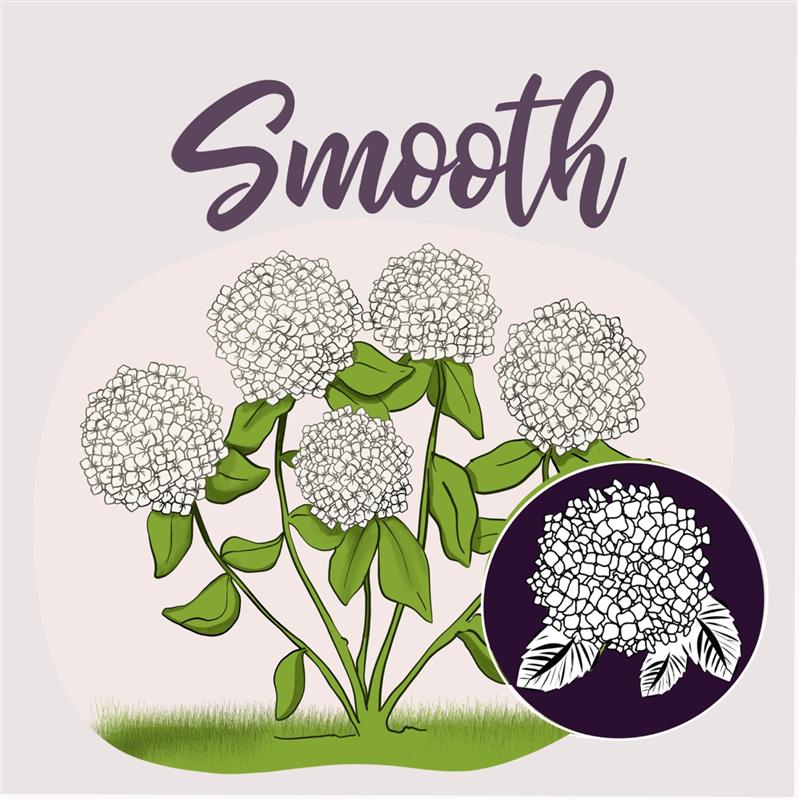
Smooth hydrangeas (Hydrangea arborescens) are recognized by their huge white, or sometimes pink, blooms. These hydrangeas only bloom on new growth, with blooms sometimes getting to the size of basketballs!
Care Tips for Smooth Hydrangeas
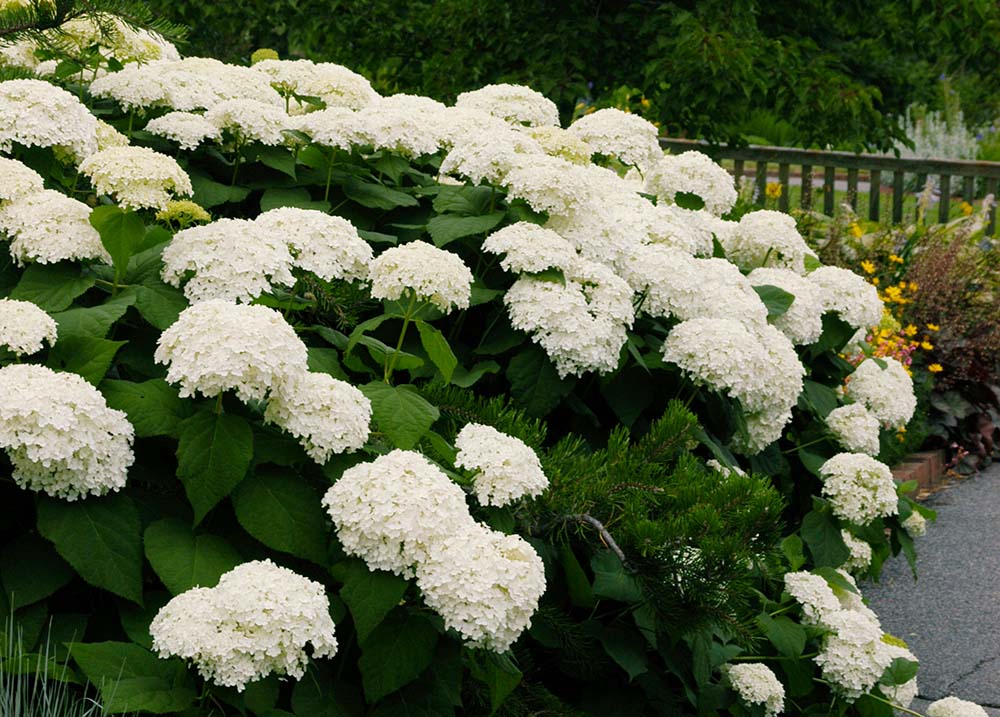 Annabelle Smooth Hydrangeas
Annabelle Smooth HydrangeasAnd there you have it, your crash course on the four main types of hydrangeas is complete. For more information, watch our video discussing how to ID and care for your hydrangeas. Happy identifying, and happy gardening!